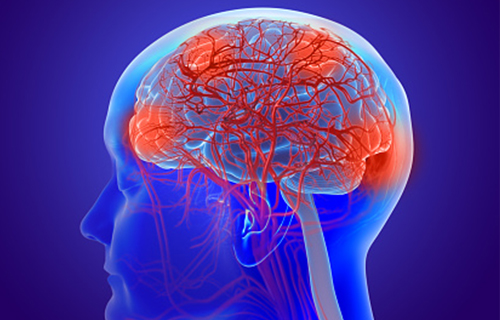
Alzheimer’s disease is a progressive and irreversible neurodegenerative disorder that affects millions of people worldwide. It is a complex disease with multiple risk factors and genetic factors contributing to its development. In recent years, research has focused on understanding the various levels of the disease, from cellular to cognitive, to develop effective treatments and preventions. This Neuroscience Network article presents a multilevel view of the development of Alzheimer disease.
Cellular Level of the Development of Alzheimer Disease
At the cellular level, Alzheimer’s disease is characterized by the accumulation of amyloid beta (Aβ) plaques and neurofibrillary tangles (NFTs) in the brain. Aβ is a protein generally produced in the brain, but in Alzheimer’s disease, it accumulates and forms plaques that disrupt communication between neurons. NFTs are abnormal accumulations of tau protein, which is essential for maintaining the structure of neurons. In Alzheimer’s disease, tau protein becomes abnormal and forms tangles that cause the neurons to collapse.
The accumulation of Aβ plaques and NFTs leads to inflammation and oxidative stress, which damages neurons and causes cell death. This process begins in the hippocampus, a region of the brain important for memory and learning, and spreads to other areas of the brain as the development of Alzheimer’s disease.

Molecular Level of the Development of this Disease
At the molecular level, Alzheimer’s disease is associated with genetic and environmental factors that contribute to the development of the disease. Mutations in genes such as amyloid precursor protein (APP), presenilin 1 (PSEN1), and presenilin 2 (PSEN2) have been identified in familial cases of Alzheimer disease, where the disease is inherited from a parent. These mutations affect the processing of Aβ protein and lead to its accumulation in the brain.
Environmental factors such as diet, exercise, and social engagement have also been linked to the development of Alzheimer’s disease. Studies have shown that a diet high in saturated and trans fats can increase the risk of developing Alzheimer’s disease, while a diet rich in fruits, vegetables, and omega-3 fatty acids can reduce the risk. Regular exercise has been shown to improve cognitive function and reduce the risk of the development of Alzheimer’s disease. Social engagement and intellectual stimulation are also associated with reduced disease risk.

Systems Level
level, Alzheimer’s disease affects multiple systems in the brain, leading to cognitive and behavioral symptoms. The disease progresses through different stages, each characterized by other signs and changes in brain function.
In the early stages of the disease, individuals may experience mild memory loss, difficulty with language and communication, and changes in mood and behavior. As the disease progresses, symptoms worsen, and individuals may have trouble with daily activities such as dressing, eating, and grooming.
The systems-level also includes the interaction between the brain and other organs and systems in the body. Studies have shown a link between cardiovascular health and the risk of developing Alzheimer’s disease. Risk factors for cardiovascular diseases, such as high blood pressure, high cholesterol, and diabetes, have been associated with an increased risk of the development of Alzheimer’s disease.

Cognitive Level of development of Alzheimer disease
At the cognitive level, Alzheimer’s disease affects multiple domains of cognitive function, including memory, language, attention, and executive function.
Memory loss is often the first symptom of the disease, and individuals may have difficulty with short-term memory, recalling recent events, and learning new information.
Language and communication difficulties may include difficulty finding the right words, following conversations, and understanding written or spoken language. Attention and concentration may also be affected, leading to difficulty with tasks that require sustained attention, such as reading or watching a movie.
Executive function refers to the ability to plan, organize, and complete tasks. Individuals with the development of Alzheimer disease may have difficulty with tasks that require multiple steps or decision-making, such as preparing a meal or managing finances.

Conclusion
In conclusion, the development of Alzheimer disease is a complex neurodegenerative disorder that affects multiple levels of brain function, from cellular to cognitive. The accumulation of Aβ plaques and NFTs at the cellular level leads to inflammation and oxidative stress, while genetic and environmental factors at the molecular level contribute to the development of the disease.
At the systems level, Alzheimer’s disease affects multiple systems in the brain and interacts with other organs and systems in the body. Finally, at the cognitive level, the disease affects various domains of cognitive function, including memory, language, attention, and executive function.

